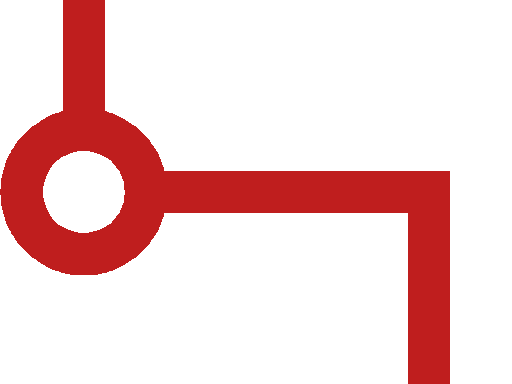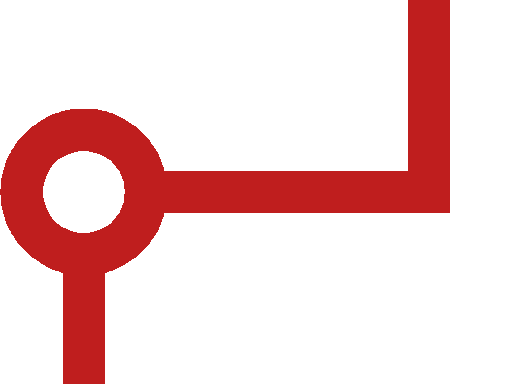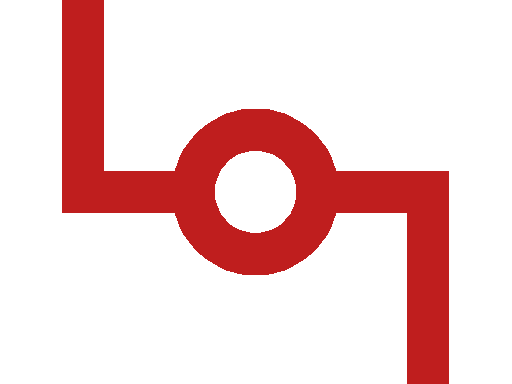Walls, remains, towers
accessible
Architectural barriers
Possible architectural barriers
phone
Phone number
email
E-mail
infoDescription
A route through which to discover the past and future of Cividale del Friuli, a real treasure trove nestled in the valleys of Natisone, easing along the banks of the river with the same name.
The town unravels its history: Celtic, Roman, Longobard, Venetian and brings you closer to its future, boasting avant-guard architectural works.
The itinerary takes you along the different villages of the town and offers two possibilities to meet the needs of the traveller. From Piazza Paolo Diacono you can reach the area of the ancient gastaldaga from the Longobard era.
Going up the typical narrow alleyways, which characterize the town, you reach the ancient town walls with the defence towers and the Porta di San Pietro, also known as the Veneto arsenal. The urban trek continues with a final stop at a complex of contemporary architecture, coexisting with the ancient origins of Forum Julii.
A unique opportunity "to read" traces of the past (even the more recent past) and interpretations of the future.
Total time: 2 hours and 30 minutes (entrance - with fee - and visit to the Monastery and National Archaeological Museum)
Distance: circa three kilometres
Difficulty level: low
Starting point: Piazza Paolo Diacono, 10 (Informacittà Help desk – Information and tourist centre)
- Stretta della Giudaica – Farie Geretti
- Via Monastero Maggiore: Medieval House (access to stairs/ ramp to descend cobblestoned area)
- Via Monastero Maggiore: Monastery of Santa Maria in Valle
- Stretta Pozzo di Callisto (access to stairs)
- Piazza Duomo: Palazzo Provveditori Veneti (National Archaeological Museum)
- Largo Boiani / Forum of Julius Caesar / piazza s. Francesco
- Stretta Mulinuss / piazza XX settembre: Town walls
- Piazza Dante: Veneto Arsenal (Porta San Pietro) There is an alternative version to this route without architectural barriers: Walls, remains, towers - without architectural barriers
The town unravels its history: Celtic, Roman, Longobard, Venetian and brings you closer to its future, boasting avant-guard architectural works.
The itinerary takes you along the different villages of the town and offers two possibilities to meet the needs of the traveller. From Piazza Paolo Diacono you can reach the area of the ancient gastaldaga from the Longobard era.
Going up the typical narrow alleyways, which characterize the town, you reach the ancient town walls with the defence towers and the Porta di San Pietro, also known as the Veneto arsenal. The urban trek continues with a final stop at a complex of contemporary architecture, coexisting with the ancient origins of Forum Julii.
A unique opportunity "to read" traces of the past (even the more recent past) and interpretations of the future.
Total time: 2 hours and 30 minutes (entrance - with fee - and visit to the Monastery and National Archaeological Museum)
Distance: circa three kilometres
Difficulty level: low
Starting point: Piazza Paolo Diacono, 10 (Informacittà Help desk – Information and tourist centre)
- Stretta della Giudaica – Farie Geretti
- Via Monastero Maggiore: Medieval House (access to stairs/ ramp to descend cobblestoned area)
- Via Monastero Maggiore: Monastery of Santa Maria in Valle
- Stretta Pozzo di Callisto (access to stairs)
- Piazza Duomo: Palazzo Provveditori Veneti (National Archaeological Museum)
- Largo Boiani / Forum of Julius Caesar / piazza s. Francesco
- Stretta Mulinuss / piazza XX settembre: Town walls
- Piazza Dante: Veneto Arsenal (Porta San Pietro) There is an alternative version to this route without architectural barriers: Walls, remains, towers - without architectural barriers













